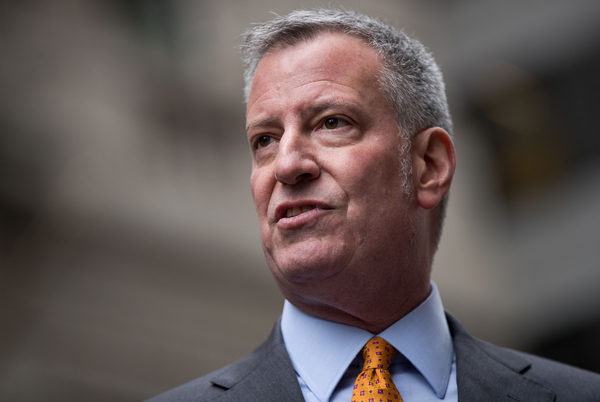Trending
New York City is still segregated 50 years after Fair Housing Act
De Blasio's policies haven't helped

Fifty years after the passage of the Fair Housing Act, the city’s housing stock remains segregated. And according to an analysis by Politico, Mayor Bill de Blasio’s policies aren’t helping to change that.
Of the 86,324 new and preserved housing units financed by the city in the mayor’s first term, about three-quarters are in neighborhoods where most of the residents are black or Hispanic, according to Politico. Rezonings under the Mandatory Inclusionary Housing program have also, so far, targeted poor neighborhoods with high black and Hispanic populations: East Harlem, Downtown Far Rockaway, East New York and the South Bronx.
The city is considering wealthier neighborhoods, including Long Island City and Gowanus.
City officials say the mayor’s policies will eventually help integrate neighborhoods since affordable housing is required in market-rate housing.
“When we look back on the housing that gets built between 2010 and 2020, you’re going to see a lot more affordable housing in higher-opportunity areas because of inclusionary [housing] and because of 421a,” Vicki Been, former housing commissioner and now a professor and faculty director at the NYU Furman Center, said.
According to a recent report by City Council member Brad Lander, 81.6 percent of white or black New Yorkers would need to move to a new neighborhood to create a more equal racial distribution in the city.
A Zillow study last week found that black mortgage applicants in New York City were denied 22.2 percent of the time, far higher than the 8.8 percent denial rate for white borrowers. [Politico] — Kathryn Brenzel




